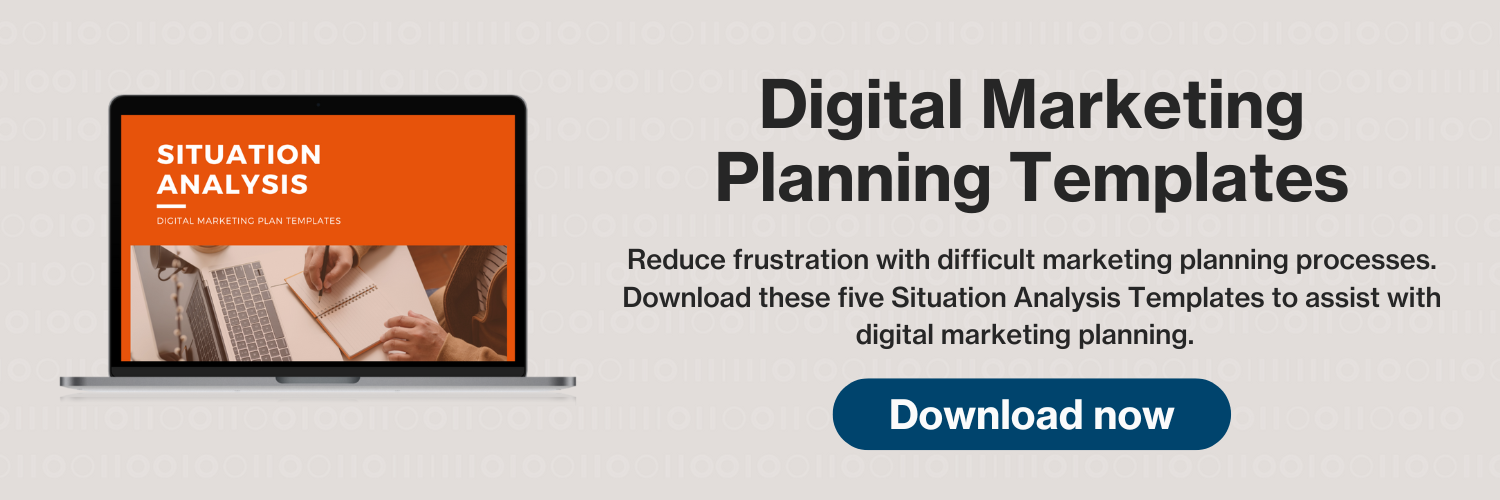Planning for success is something that every business, especially those new to the field, must do. For anyone needing some extra help with their business plan or needing some additional funding to get off the ground, this step-by-step method will aid them to reach their goals faster.

The Chartered Institute of Marketing recognised SOSTAC® as one of the best models for marketing professionals.
Introduction to SOSTAC®
SOSTAC® is a planning model that stands for Situation, Objectives, Strategy, Tactics, Action and Control. It is used to help plan marketing campaigns. The model helps describe different steps that need to be taken for marketing to be successful. SOSTAC® was developed by PR Smith and was recognised by the Chartered Institute of Marketing as one of the best models for marketing professionals.
The Situation Analysis Stage
The Situation Analysis Stage is where you conduct a thorough examination of your business and the external environment in which it operates. This includes competitor analysis, SWOT analysis, an assessment of your internal capabilities, customer analysis, and results analysis.
Situation analysis is important in the SOSTAC® planning framework because it allows you to understand your current situation and the environment in which you are operating. This information is essential for developing effective strategies and tactics.
The SOSTAC® situation analysis helps set objectives by providing a framework for assessing a company's current position and developing strategies to improve it. The analysis includes an assessment of the company's Strengths, Opportunities, Threats, Weaknesses, and Actions that companies can take to improve the situation. This framework can help management develop specific, measurable, achievable, relevant, and time-bound objectives for the company.
The Objectives Stage
The Objectives Stage of the SOSTAC® planning model is where you determine your marketing and sales objectives. Your marketing objectives should be based on your overall business objectives and should be specific, measurable, achievable, relevant, and time-bound (SMART).

Business objectives and should be specific, measurable, achievable, relevant, and time-bound (SMART)
The company mission and vision set the overarching goals for the organisation. The objectives in your SOSTAC® plan should cascade down from these overarching company goals.
Setting your objectives can use sales funnel analysis to set website traffic, leads and sales goals by breaking down how a customer becomes a customer. Working out conversion rates from website visitors-to-leads, lead-to-opportunities, and opportunities-to-sales will help give you clear numerical targets for your SOSTAC® marketing plan.
Your situation analysis tells you where you are now, and your objectives define where you want to be. It's important when setting your objectives that you are realistic. It's unrealistic to aim for a 150% increase in sales when your previous three years of growth have achieved 20% at best.
The Strategy Stage
The Strategy Stage is all about figuring out how to achieve your organisation's goals. You'll need to develop a strategy that outlines the steps you'll need to reach your target audience and achieve your desired results.
When creating your digital marketing strategy, think of it as a way to enhance and support your other communications and distribution channels. It's important to prioritise how marketers should use the channel to reach their target markets. Your strategy should identify the best digital media channels to acquire new customers and contact strategies to welcome and develop existing ones.
At the heart of your strategy, you should detail your segmentation, targeting, and positioning (STP). STP is a strategic marketing process that identifies and prioritises market segments and then determines the best way to reach and serve those segments. The goal of STP is to identify profitable customer segments and create a marketing mix that meets the needs of those segments.
The Tactics Stage
The Tactics Stage is where you put the plan into action. This is where you determine the specific tactics to reach your target audience and achieve your marketing goals. The tactics you choose will depend on your budget, resources, and target audience.

Your tactical plan will include your channel selection which will be based around your paid, owned and earned media mix.
Your tactics plan will contain your communications mix, where you'll identify the best channels to execute your strategy. Depending on your goals, you will use direct (such as email marketing and social media) and indirect channels (such as paid advertisements).
Your resources will also play a significant role in this stage. For example, if you are a small business with a limited marketing budget, you may decide to promote your products using simple and inexpensive channels such as networking groups, online discussion forums, classified ads, or word of mouth. Alternatively, if you have a budget to spend, you could consider more expensive channels such as display advertising and sponsorships.
The Actions Stage
The Actions Stage takes the ideas generated in the previous stage and puts them into practice. This is where you start laying out the specific details of how you will take action and make things happen.

Creating a timing plan with a Gantt Chart detailing your actions and milestones can be quite helpful. It allows you to track your progress, set goals, and celebrate when you meet them.
Your action plan will also want to look at resource allocation. Do you need to reserve some time with your developers to get a campaign micro-site live? Will you outsource your Facebook advertising management to a marketing agency? Once your actions have been outlined, you can move on to the Control Stage.
The Control Stage
The Control Stage is where an organisation monitors and adjusts its performance using key performance indicators (KPIs). This stage is vital for organisations to meet their goals and objectives.
While creating your strategy document, the control stage will outline how you plan to keep track of your KPIs by developing your performance improvement process.
Key questions to address include:
-
What metrics will you track?
-
How will you measure them?
-
How frequently will you report on them?
-
Who is responsible for gathering the data?
-
Who is responsible for interpreting the data?
-
Who is responsible for actioning the improvement plan?
Using SOSTAC® in your business
The SOSTAC® planning framework is a great way for businesses of any size to develop marketing plans. Situation analysis is a key part of the framework, and it lays the foundation for the rest of the plan. When developing your SOSTAC® plan, you'll want to dedicate at least 40% of your efforts to your situation analysis.
To get started with your digital marketing planning, download our free Introduction to Situation Analysis Template Pack.
PR Smith's SOSTAC® Guide to Your Perfect Digital Marketing Plan 2022 is regularly updated and available online. To learn more, visit www.SOSTAC.com
Disclaimer: Broadhurst Digital Limited is not associated with PR Smith or PR Smith Marketing Ltd. SOSTAC® is a registered trademark of PR Smith Marketing Ltd.

Comments